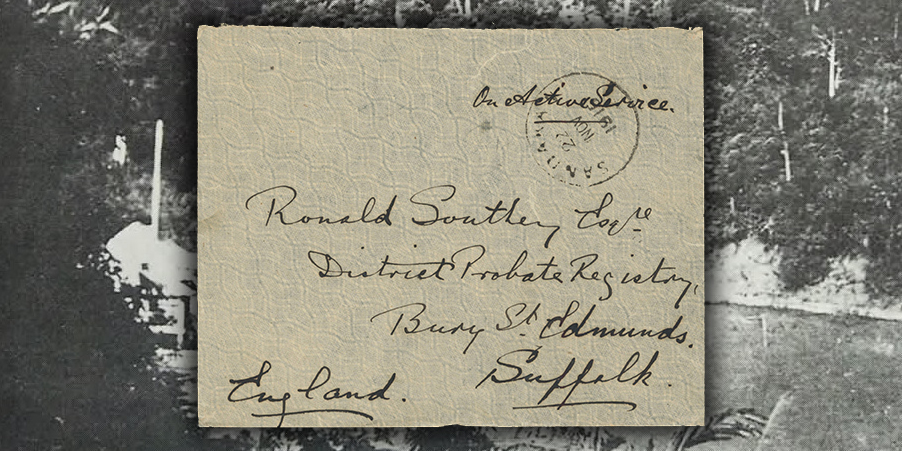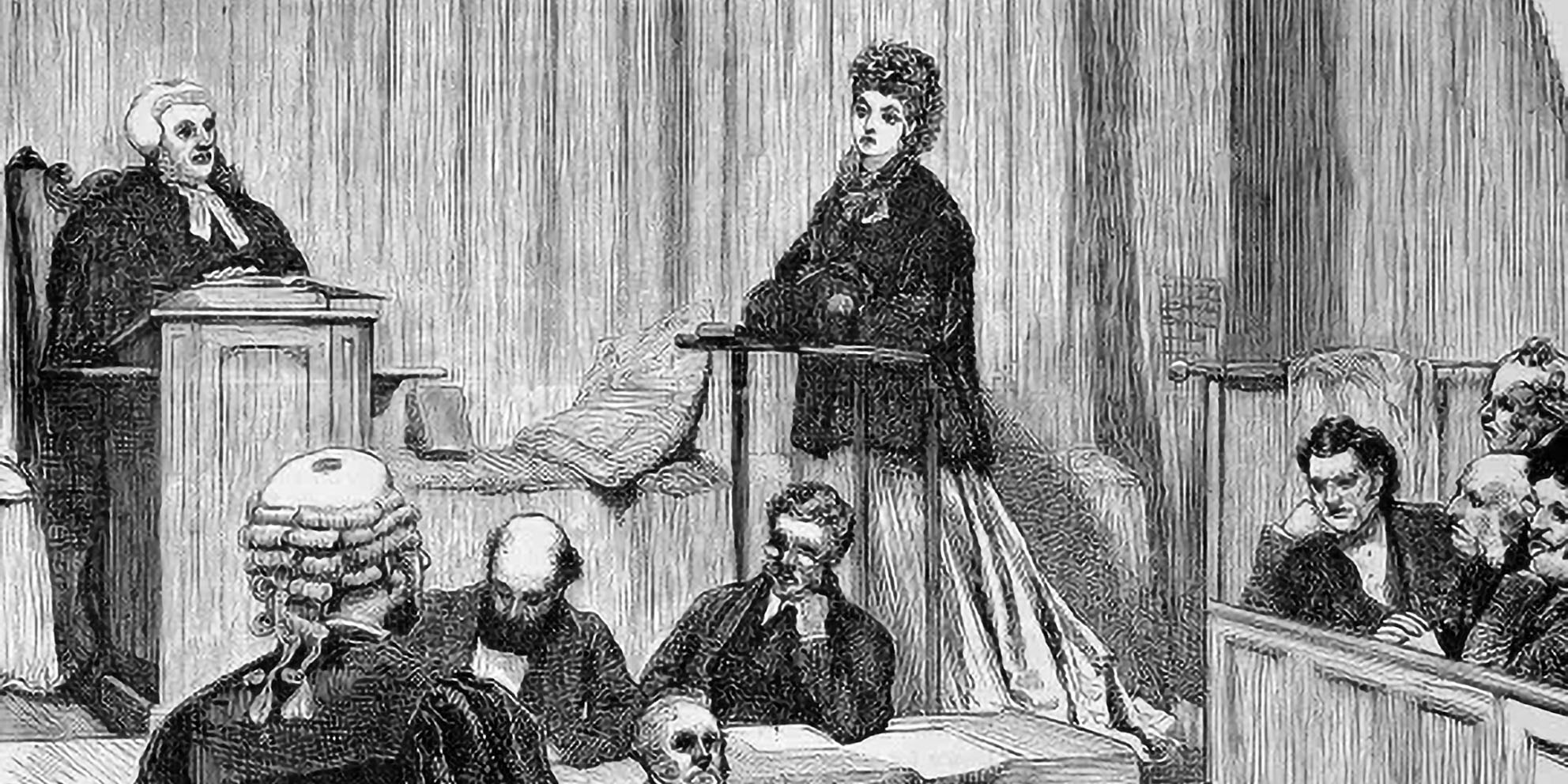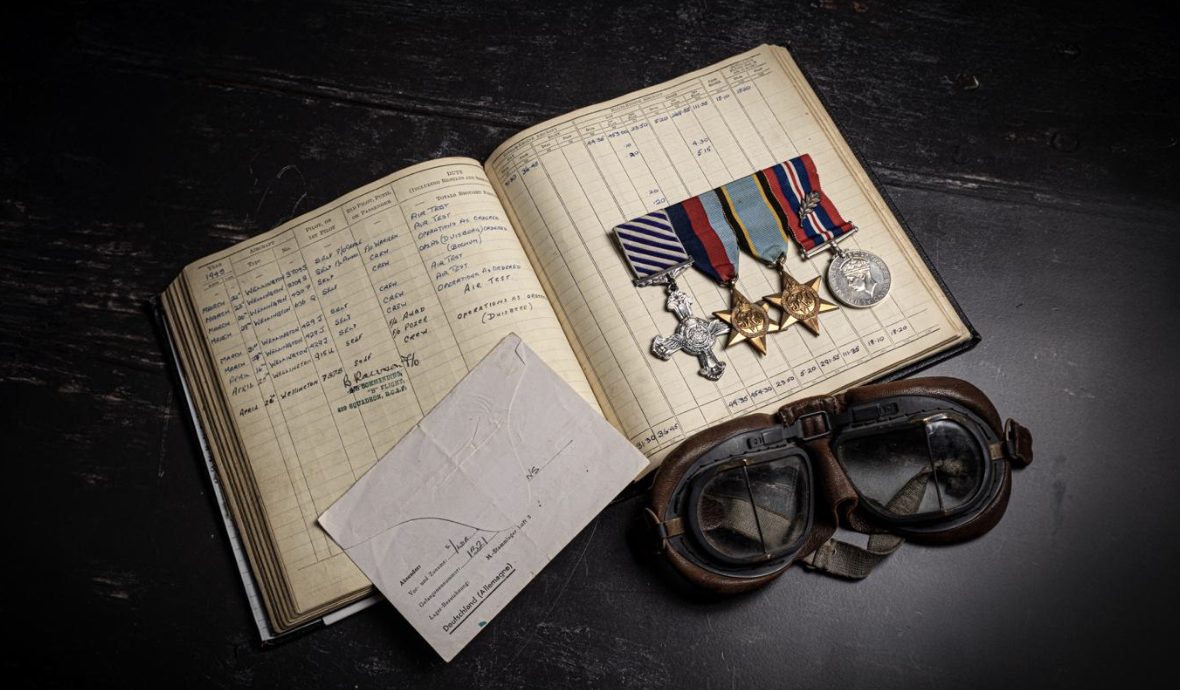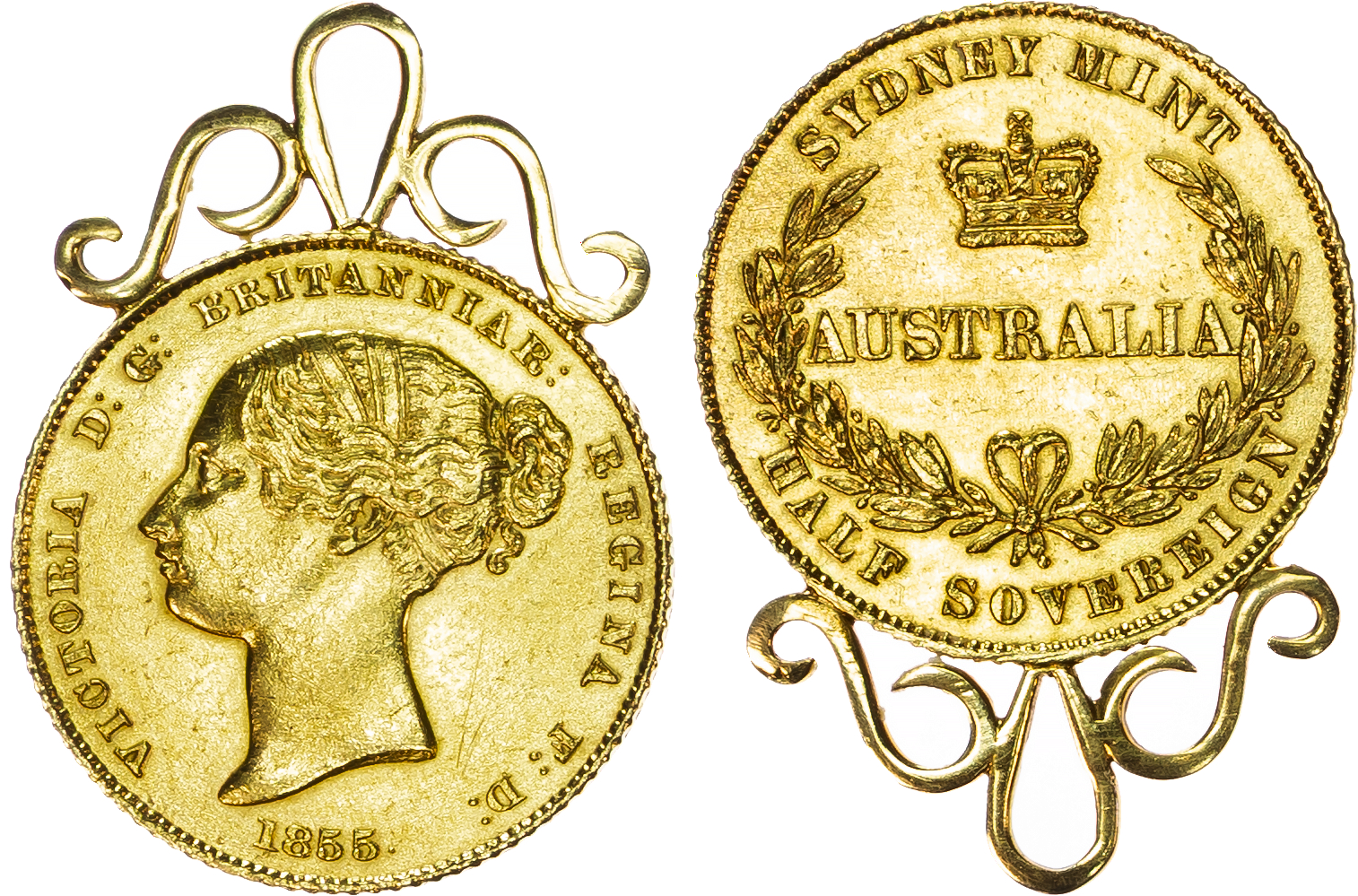From Stamps and Covers of Asia & the Middle East, 2 Sep 2025 11:00 BST
Stanley Gibbons Baldwin’s have a cover going under the hammer the upcoming general sale, cancelled ‘on active service’, but curiously in North Borneo. We had to work out why this was the case and why there were troops stationed in Borneo at the time. Here is the captivating story behind how this cover came to be.
The Rundum rebellion is a rather little-known, yet fascinating, uprising that took place in North Borneo in 1915 against the (NBCC) and this envelope helps to tell part of the story about the history of colonial rule on the island and the locals’ attitudes towards the British. The rebellion serves as a microcosm of the broader tensions and resistance that simmered under colonial administration. However, while the rebellion began in 1915, it is important to consider and understand the events leading up to it and the underlying causes of this period of unrest.
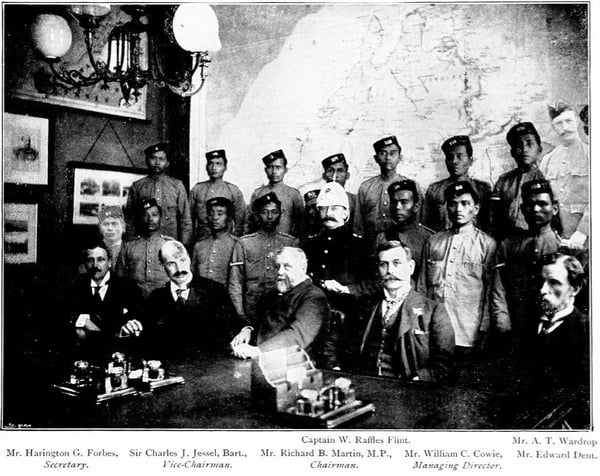 NBCC board of directors
NBCC board of directors
The British arrived in North Borneo in the late 19th century, and their administration (under the NBCC) lasted sixty years, between 1881 and 1941. The NBCC intended to turn North Borneo into a producer of agricultural products, predominantly tobacco. During their rule, they imposed unpopular taxation laws including levies on rice, a poll tax, mandatory licenses for local boat owners, and they passed a Village Ordinance resulting in the company not sanctioning the authority and social position of the traditional elites and local chiefs, consequently alienating them and undermining their social statuses and roles. These mounting tensions culminated in the Mat Salleh rebellion (1894-1905) as the local communities started to reject the authority of the NBCC. The NBCC, however, did not permit dissent, and it responded to the resistance with sentences and imprisonment. Following the successful suppression of the rebellion in 1905, the attitudes of the local population towards the NBCC did not sweeten, and tension remained bubbling under the surface.

The tipping point that triggered the Rundum Rebellion was the imposition of forced labour to construct mule tracks, which the Murut indigenous community were compelled to undertake. According to one report, they forced every Murut couple who had two children to give up one of them to forced labour.
The policies of the NBCC provoked the ire of Antanum, a Murut warrior, and he united several Murut chiefs from other towns in opposing the policies of the NBCC and launched the Rebellion in 1915 with the assistance of 600-700 warriors. The Muruts flooded the British administration’s building and attacked them, leading to the British launching an assault against Antanum’s fort on April 14, 1915. This counterattack was unsuccessful, so they resorted to cutting off food and water supplies.
On April 17, 1915, just three days later, white flags were raised by the Murut fighters and the British asked that Antanom should surrender. Eventually Antanum came out and was immediately handcuffed, and after a brief interrogation, he was executed on the spot. The battle continued to rage on through the night, and a further 350-400 Muruts were killed drawing the Rebellion to a close.
With this fascinating cover that we have upcoming in auction, the British soldier sending the mail was in all likelihood stationed (or transiting through) Sandakan in the aftermath the Rundum rebellion, or alternatively was involved with the closure of the tiny German internment camp at Tenom which was closed after the five German internees complained of cannibalism and headhunters in the vicinity of the camp. An independent report by the US consulate concluded that whilst the cannibalism claim was false ('having never even existed' in North Borneo) but there was a ‘certain element of truth’ in the reports of headhunters! The internees were moved to India and Australia to avoid further complaints.
The Rundum Rebellion stands as a powerful reminder of the tensions simmering beneath colonial rule in North Borneo, shaped by decades of economic exploitation and cultural disregard. Though lesser known than the Mat Salleh Rebellion, the events of 1915 reflect a deeply rooted resistance among indigenous communities, who found in Antanum a unifying figure willing to confront the NBCC. The rebellion may have been swiftly suppressed, but it remains emblematic of the broader struggles faced by people living under colonial rule. This cover, whether connected to the immediate aftermath of the rebellion or the curious episode at the German internment camp, serves as a tangible artifact from an important moment in the island’s colonial history.
To find out more about this lot and the entire catalogue for Stamps and Covers of Asia & the Middle East, you can register your interest here.
Bibliography:
https://en.wikipedia.org/wiki/Antanum
https://www.dailyexpress.com.my/read/4589/rundum-rebellion-a-case-study-on-how-not-to-rule-/
https://en.wikipedia.org/wiki/Murut_people
https://en.wikipedia.org/wiki/Mat_Salleh_Rebellion#
